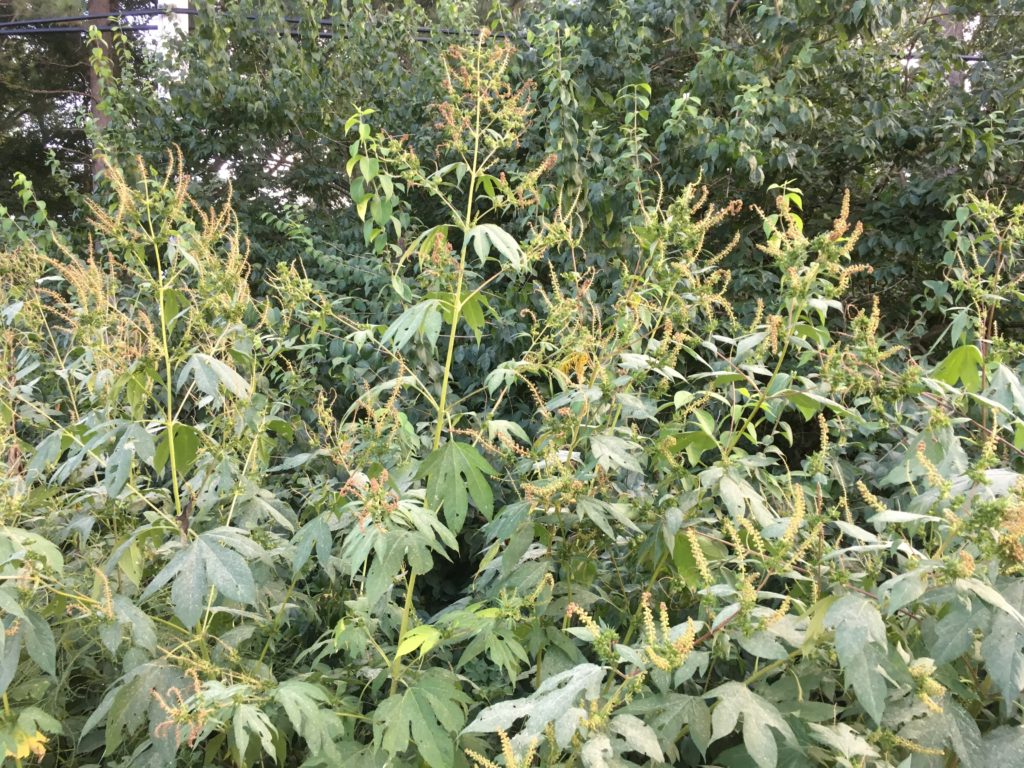You ride past them, but do you know what they are? Trail corridors and waterways are great places to see both native plants and opportunistic interlopers. Some are medicinal, some are edible, and some are poisonous, would you know the difference? Some trails provide identification markers, and the NRD has installed interpretive signs showing invasive plant species at some state parks and along the Mopac on the other side of the Platte river. Some of you I know are very knowledgeable about identifying plants, others with birds, and still others, insects. This week I’ll show you a few common plants from along the MoPac, Homestead, and other trails you may recognize when you’re out riding. One can even help if you get stung out there.
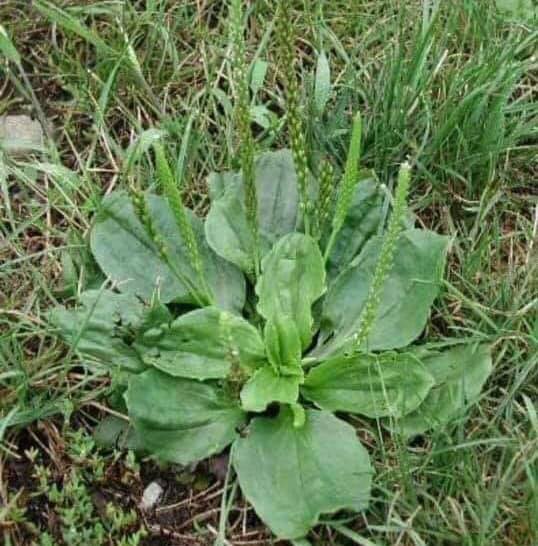
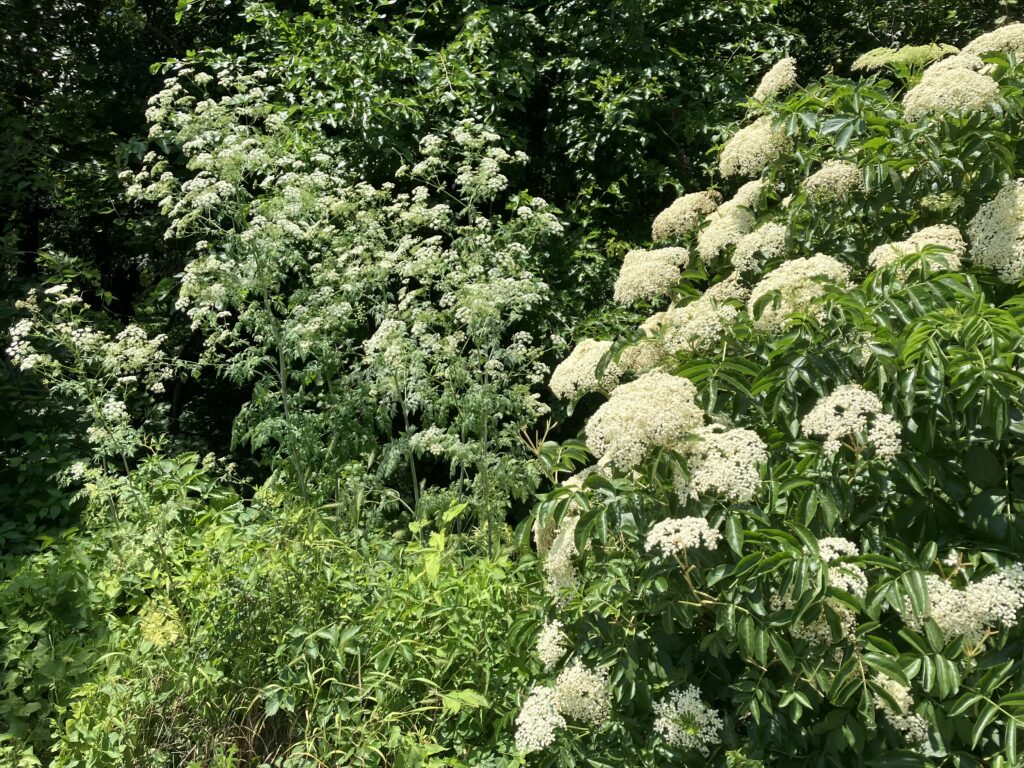
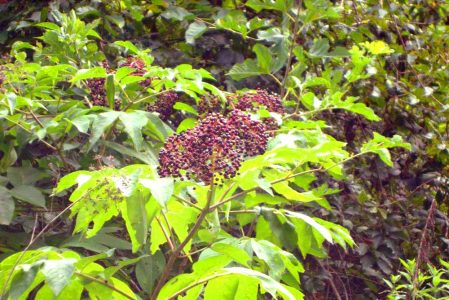
Most of the plants I’m showing here are edible in some form, but a few are poisonous. Always make sure you know what the plant is, what part of the plant you can use, and how to process it before you attempt any use. There are apps for your smart phone to help with identification, some are better than others, and they’re improving. Also, there are books.
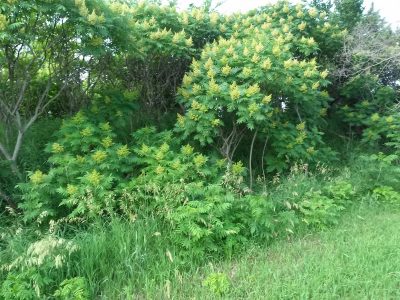
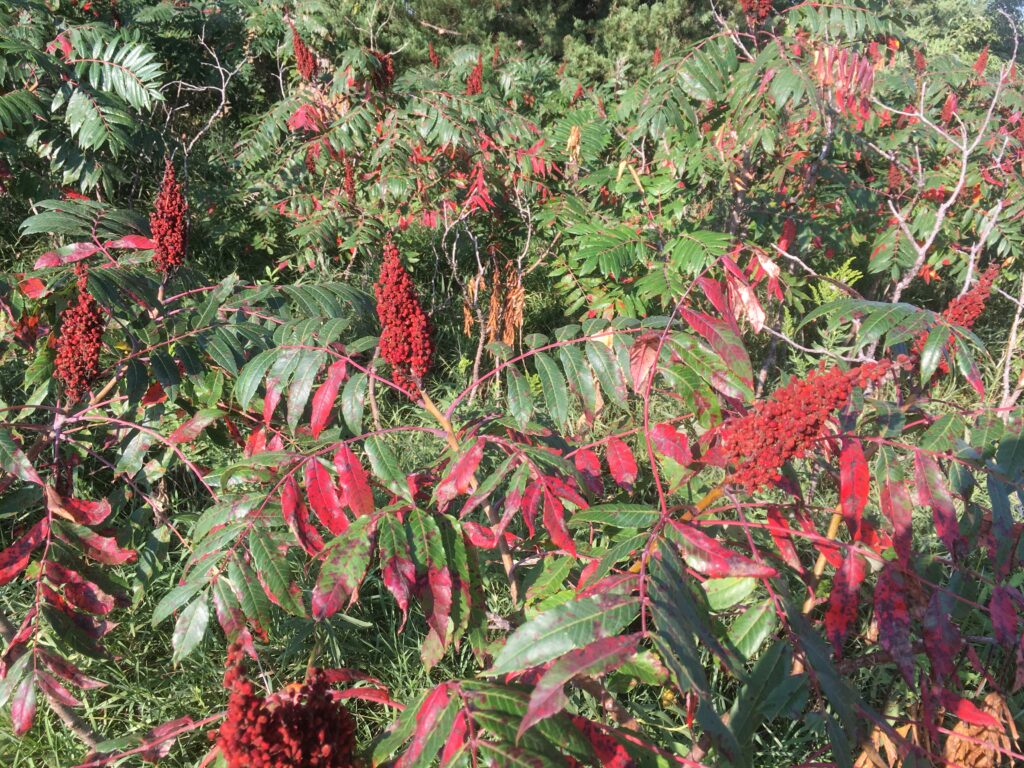
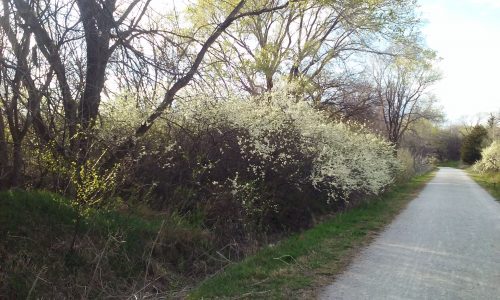
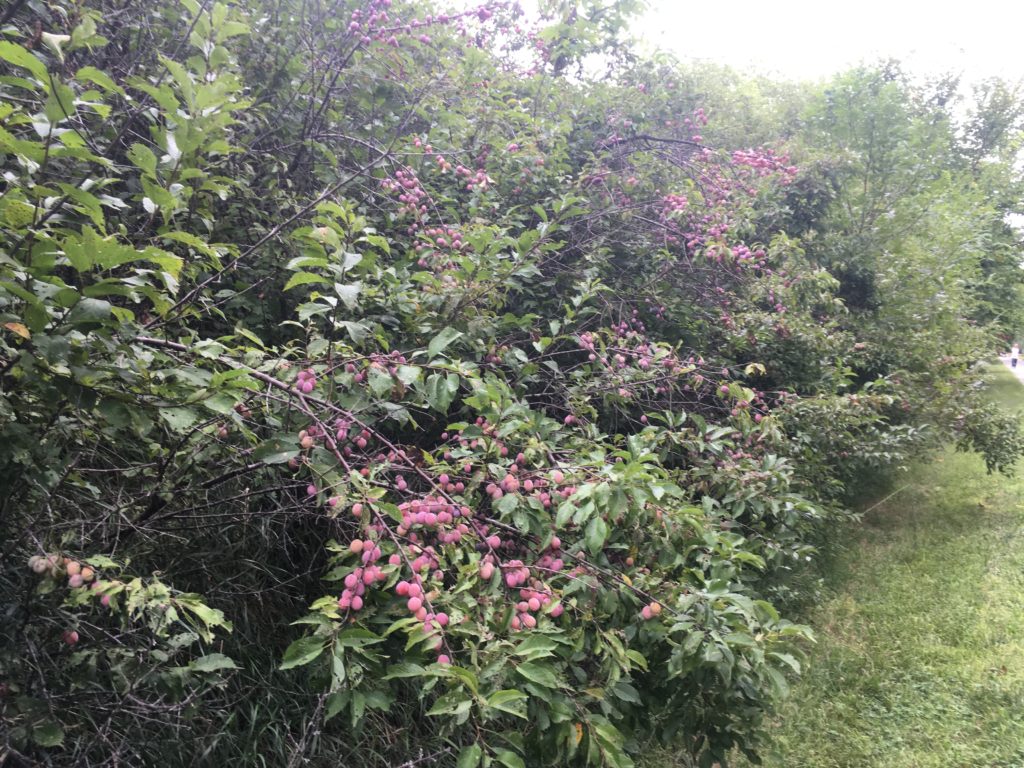
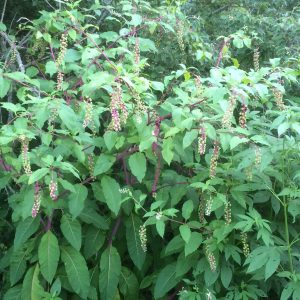
Pokeweed is toxic unless you know how to process the edible leaves. In Fall it has inedible purple berries.
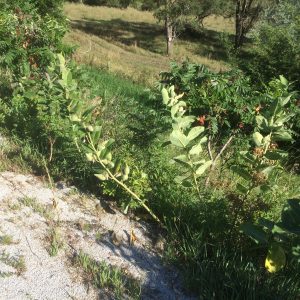
Milkweed shoots and immature pods are edible for people. For Monarch butterfly caterpillars, it is their only food
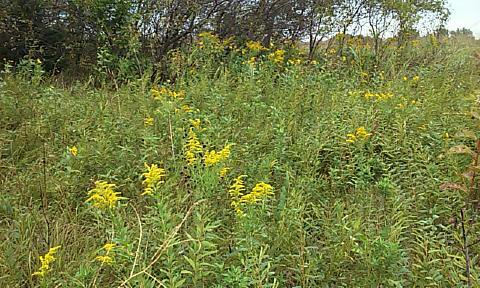
Goldenrod, our state flower, was traditionally used as a medicine.
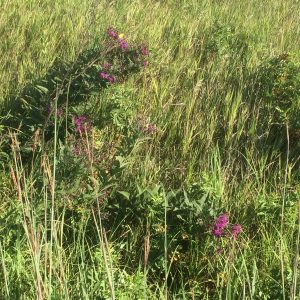
New England aster is native here, and used in landscaping.
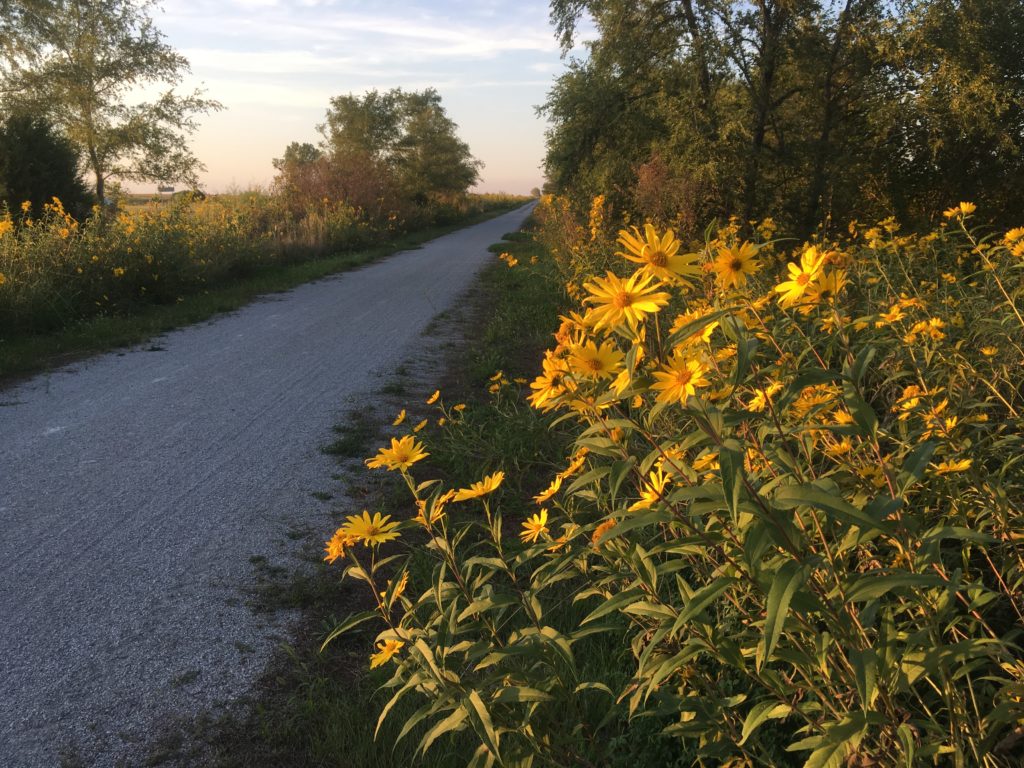
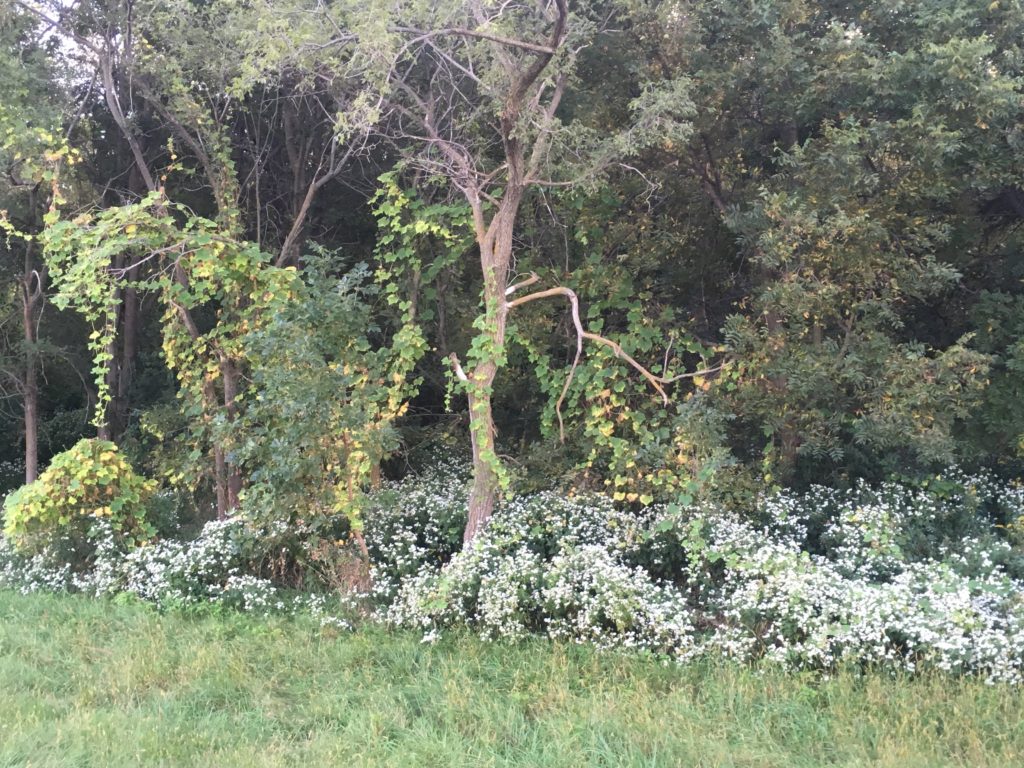
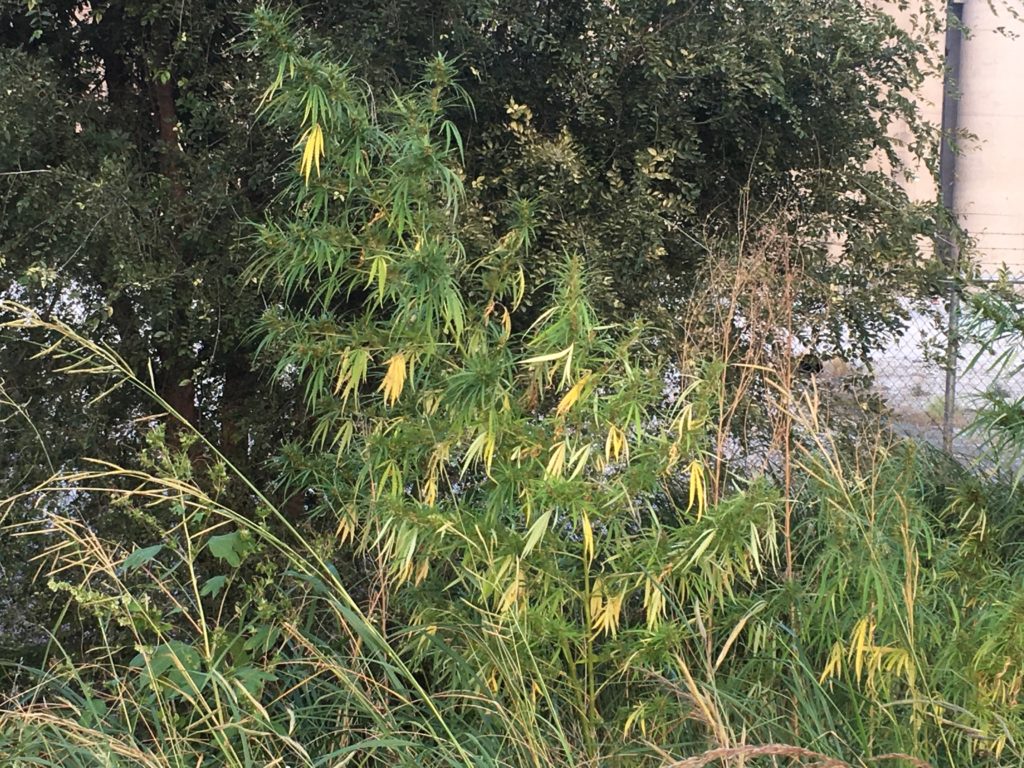
There are far too many more for me to mention them here, but try to become familiar with what you ride by, they’re all part of the reason we enjoy being out on our trails unless of course, you’re allergic to them.
